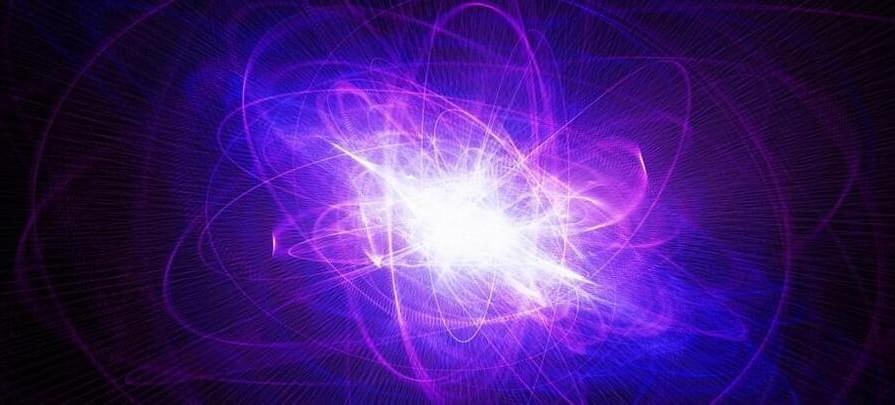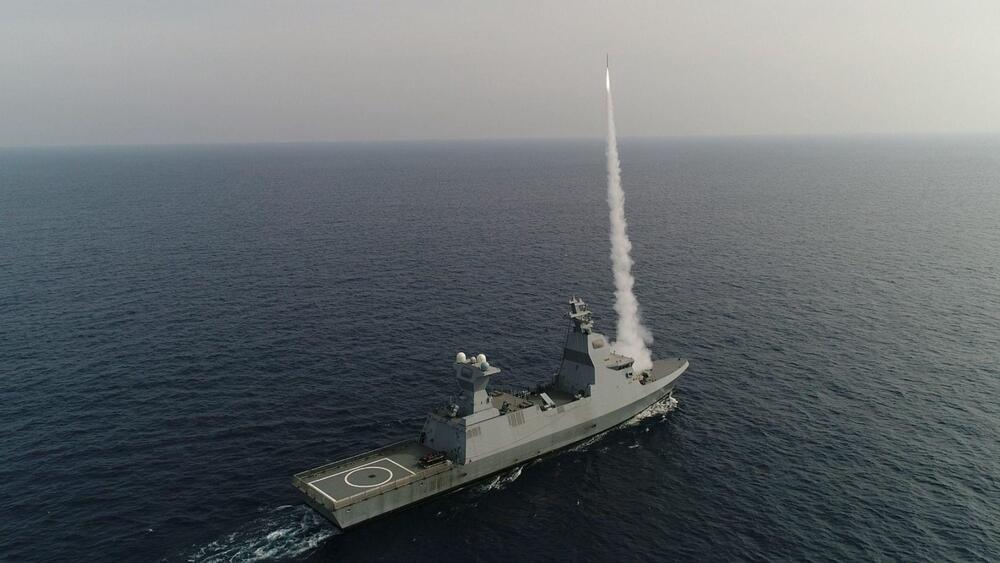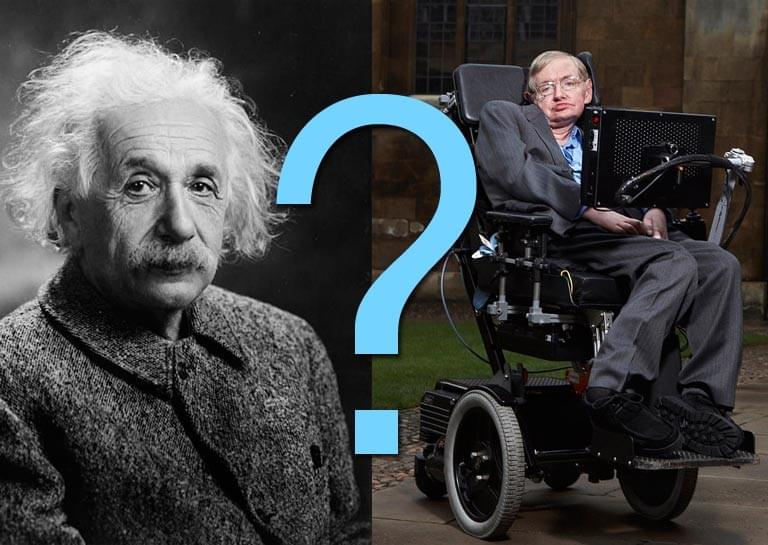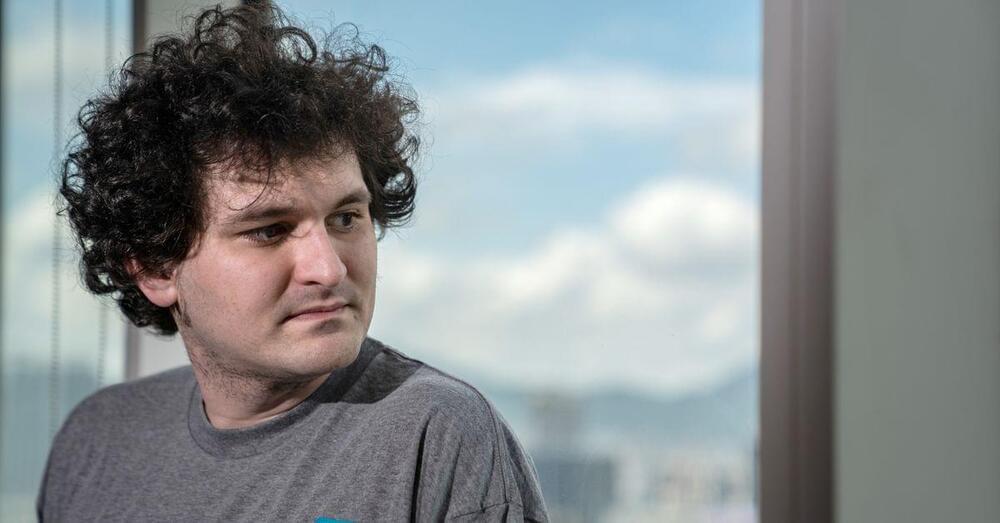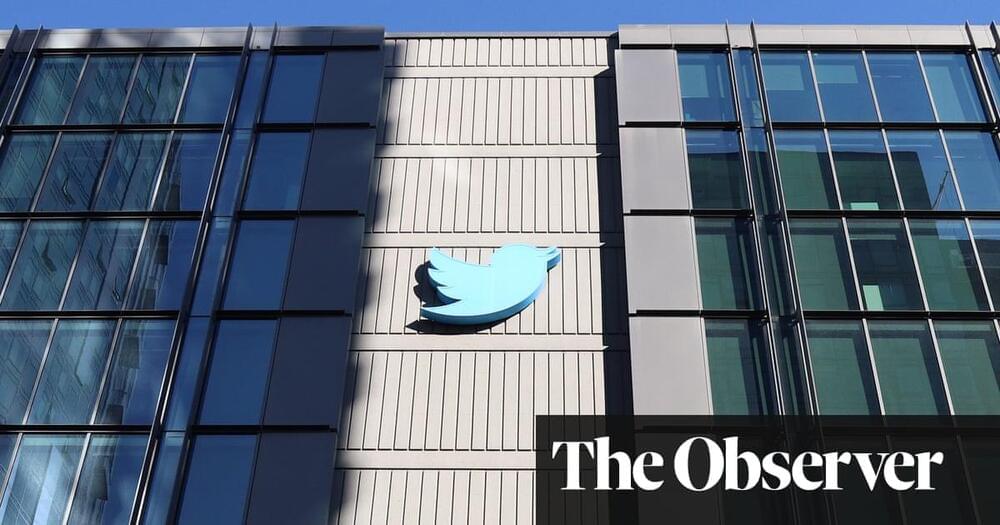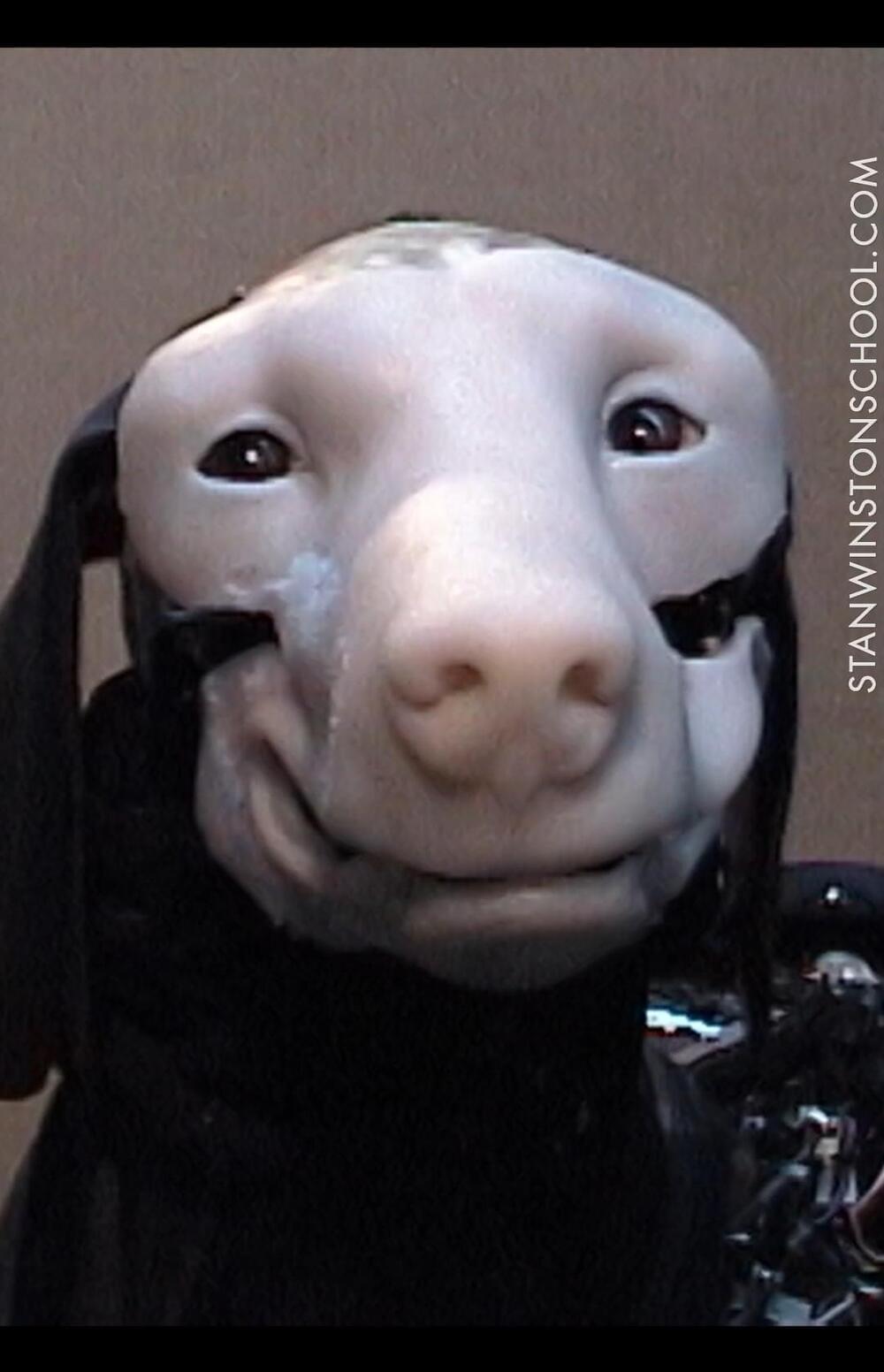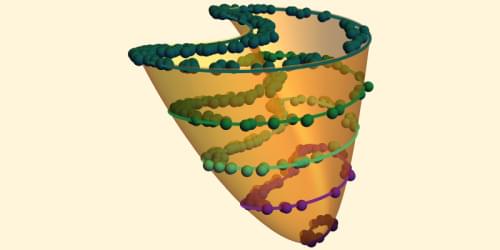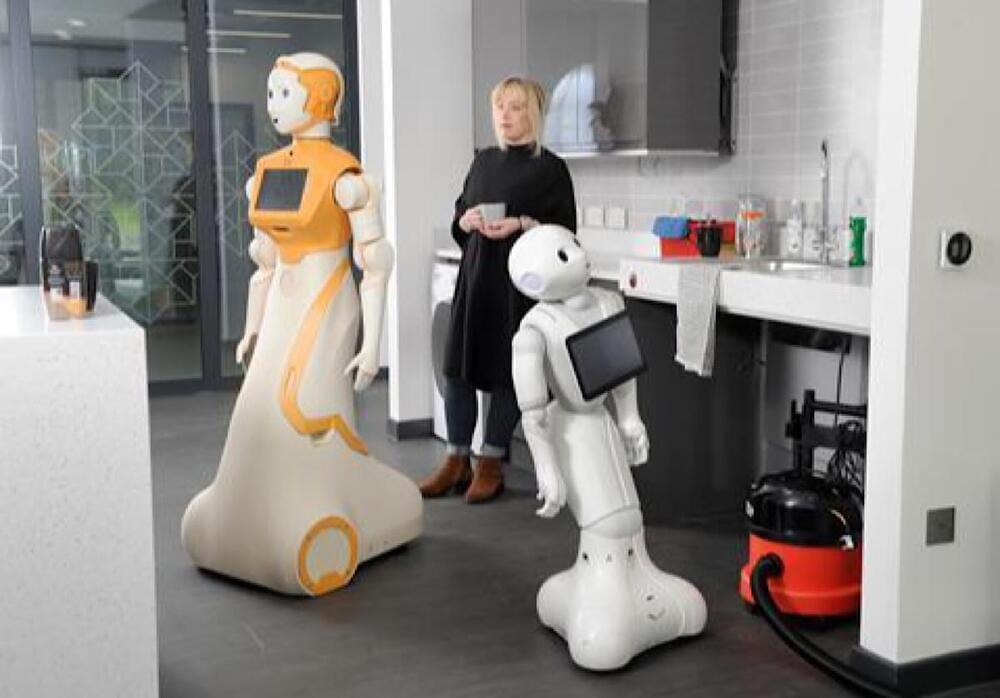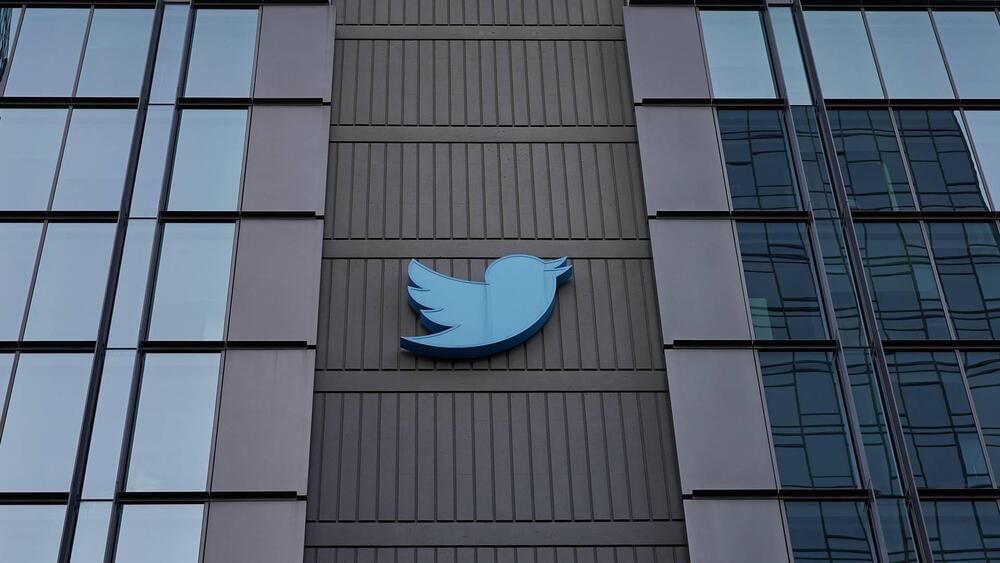Say hello to ronnagrams and quettameters: International scientists gathered in France voted on Friday for new metric prefixes to express the world’s largest and smallest measurements, prompted by an ever-growing amount of data.
It marks the first time in more than three decades that new prefixes have been added to the International System of Units (SI), the agreed global standard for the metric system.
Joining the ranks of well-known prefixes like kilo and milli are ronna and quetta for the largest numbers – and ronto and quecto for the smallest.
